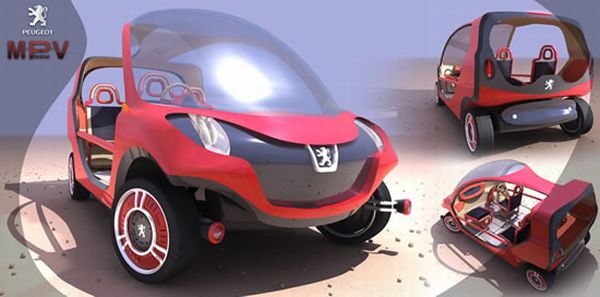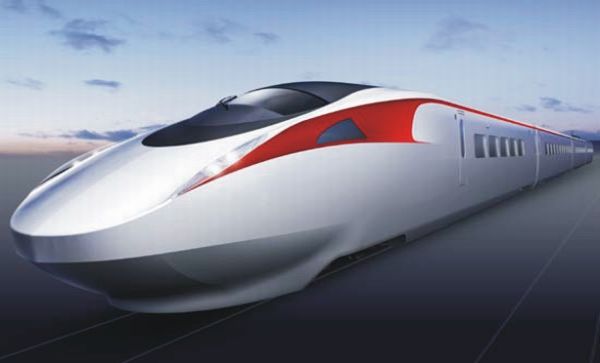Green technologies are taking off! With the onset of a host of green cars and automobiles, the idea of a green aircraft could not have been far away. And that is exactly what creative designers from around the world have been attempting to develop- an aircraft that is fueled cleanly and greenly! These aircraft have not been designed by the huge multinational corporations but by passionate enthusiasts who love flying. We present five such DIY, human-powered aircraft.
1. Gamera human-powered Aircraft
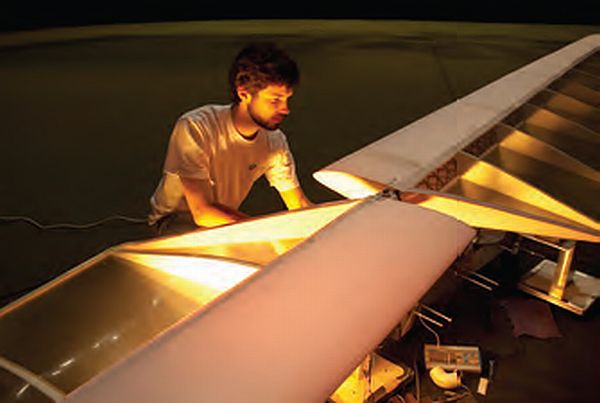
The giant flying turtle of a popular Japanese film has inspired the name and design of a human-powered helicopter! A team from the James Clark School of Engineering in Maryland have presented the Gamera as an entry into the $25,000 competition for the Sikorsky Prize that has been instituted by the AHS (American Helicopter Society). An ‘X’ shaped frame is built with rotors at each of the four ends. The two cross bars measure 60 feet in length with each rotor measuring 42 feet. The pilot’s seating module is suspended right in the center of this sturdy cross frame and the pilot powers the helicopter by pedaling with the hands and feet. Lightweight carbon fiber, foam, Mylar and balsa have been used in this construction which weighs only 210 pounds including the light pilot! If it makes a safe flight, the Gamera will power itself into record books for being the first human-powered chopper.
2. DIY electric Boeing B-50
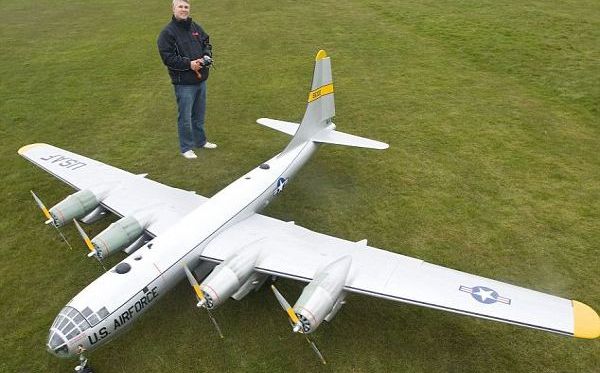
This balsa wood and plywood DIY aircraft, designed and constructed in Tony Nijhuis’ garage in East Sussex is so huge that the Civil Aviation Authority has identified and licensed it as light aircraft with restrictions to fly below 400 feet! Inspired by the 1950 US bomber, the plane, which has been dubbed as the Boeing B-50 Superfortress (a 7:1 scale model), is electrically powered by 96 batteries and controlled by radio. It has built-in elevator control, rudder control and bomb bay doors. The bomb bay is designed to hold real bombs if necessary! The carriage below is pneumatically operated. It has a massive 20 feet wingspan but weighs only about 7 stones. It took two years to conceive and deliver this plane to its current form. Built in a modular fashion, it is assembled from 8 pieces. Quadruple 4kW motors speed it to 40 mph on a 50 meters runway before takeoff. The batteries last about 8 minutes of flight.
3. Sonex DIY electric aircraft
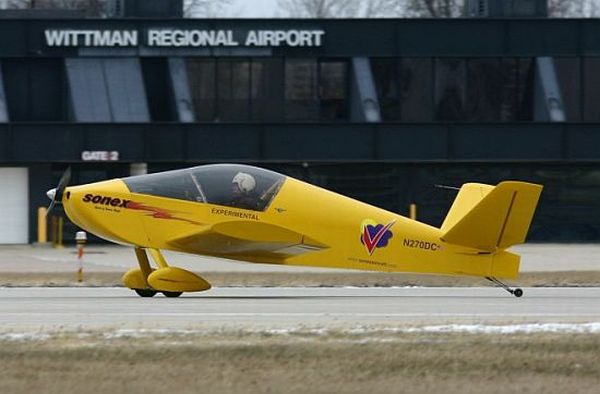
The Waiex N270DC is a successful experiment by Sonex Aircraft to design an all-electric airplane. After years of development, the electric variant has been constructed from the standard Waiex kit. A 14.5 kWh lithium metal, polymer battery system fuels the brushless, 54KW electric DC motor. Built for one pilot, the bright yellow colored plane completed a successful maiden flight which lasted a few minutes. Advanced versions for the motor and for the controller are being developed. All these could hasten the release of the commercially viable DIY aircraft that actually works.
4. Dutch teen develops pedal-powered aircrafts
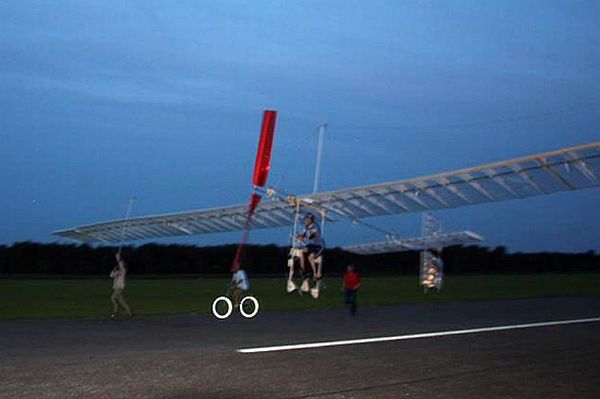
There is no limit to the creativity of a youthful brain. Jesse Van Kuijk was a 16 year old who dreamed of touching the skies in a plane that he built on his own. Sitting in the small town of Bedsel in Holland, he learnt all about aviation, all by himself, before shaping out an aircraft from light balsa wood, rip resistant foil and polyurethane. With a wingspan of 26 meters, the plane is powered entirely by human pedaling. It took three years of hard labor to make this aircraft. Though the aircraft flies only a few meters, the design and theory of human powered aircraft has received another boost from the model.
5. University of Torontoâs human-powered aircraft
The Institute for Aerospace Studies of the University of Toronto has conceived and designed the “Snowbird” which is a human powered aircraft with flapping wings. In what could be termed as aviation history, Snowbird made the record-breaking flight in Tottenham at Great Lakes Gliding Club (Ontario). Like a giant bird, it ‘flapped’ its wings and covered a distance of 143 meters in about 19 seconds. The light weighted pilot has to run and use tremendous energy to flap the wings and fly this light aircraft that has been built of carbon fiber and balsa wood. With a 32 meter wingspan is something that only a Boeing 737 can boast of, the plane weighs less than 94 pounds. This ‘ornithopter’ or the ‘bird helicopter’ has been a success in terms of theory and we have to wait and see for development and refinement.



